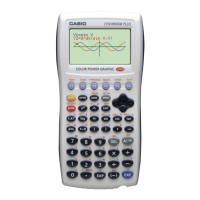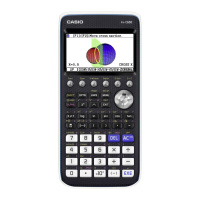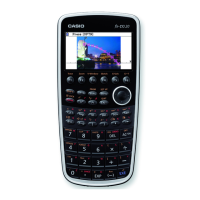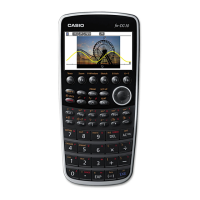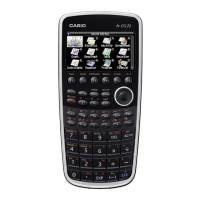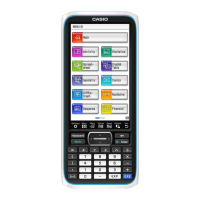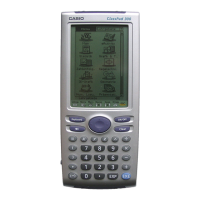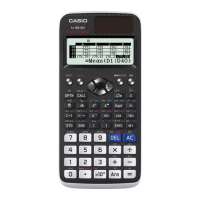31
Chapter 3: Commands and Programming
• Note that the data transferred by a Receive(List) command execution is
somewhat different when statistical post-processed data is involved. See
“Using Receive(List) to Fetch Statistical Post-Processed Data”.
The following are detailed explanations of how the Receive( command works
with each type of parameter that can be specified with it.
Receive(Variable)
This format assigns received data to a variable. Variable names A through Z,
r, and
#
can be used for storage of data. When more than one sample data
item is involved, each execution of Receive( returns the last data item sam-
pled (or calculated) from the active channel. This format is normally used for
data obtained by real-time sampling.
Receive(List n)
This format can be used to specify one of six lists (List 1 through List 6) for
storage of up to 255 data points.
Receive(Mat n)
This format specifies a matrix (Mat A through Mat Z) for storage of up to 14
rows of data samples.
• Data can be transferred from the data analyzer as many times as you
like, until it is deleted by Command 0, Command 1 or Command 3.
Sample Program Using Receive(Variable)
The following program fetches up to 30 sample data items and assigns them
to CFX-9850G variables.
{3,1,–1} " List 6
Send(List 6)
For 1 " I To 30
Receive(A)
PlotOn I,A
Next
Text 2,10,"TEMP."
Text 55,100,"TIME"^
{0} " List 6
Send(List 6)
P.32
P.32
Specifies sample time of one second for real-
time sampling.
Sets up a loop that repeats 30 times by
sequentially assigning values from 1 to 30
to variable I.
Sequentially recalls sample data and dis-
plays it in a graph.
Sends the CLEAR command (Command 0)
and exits real-time sampling.
P.34
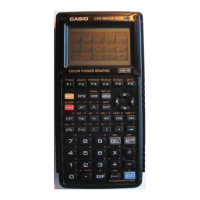
